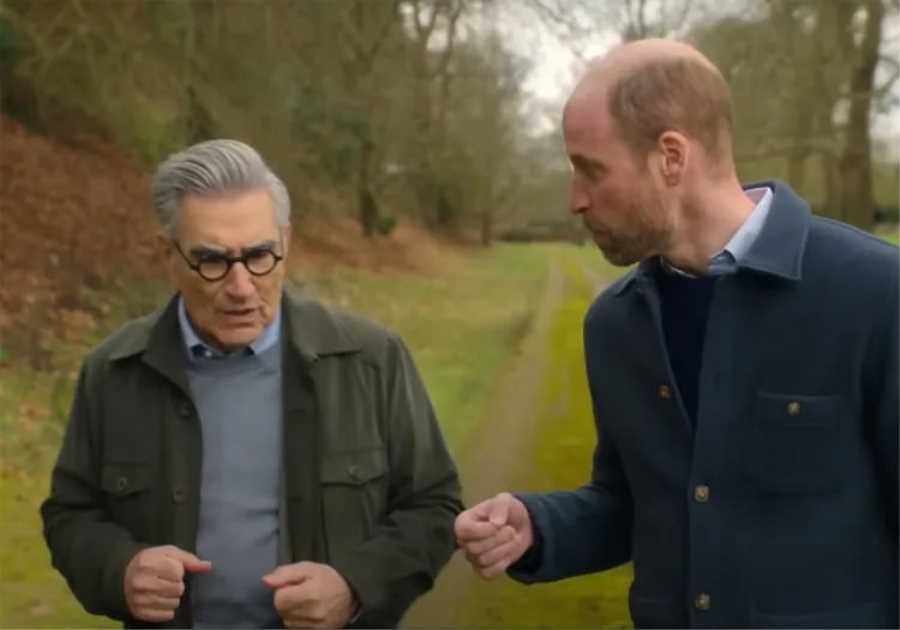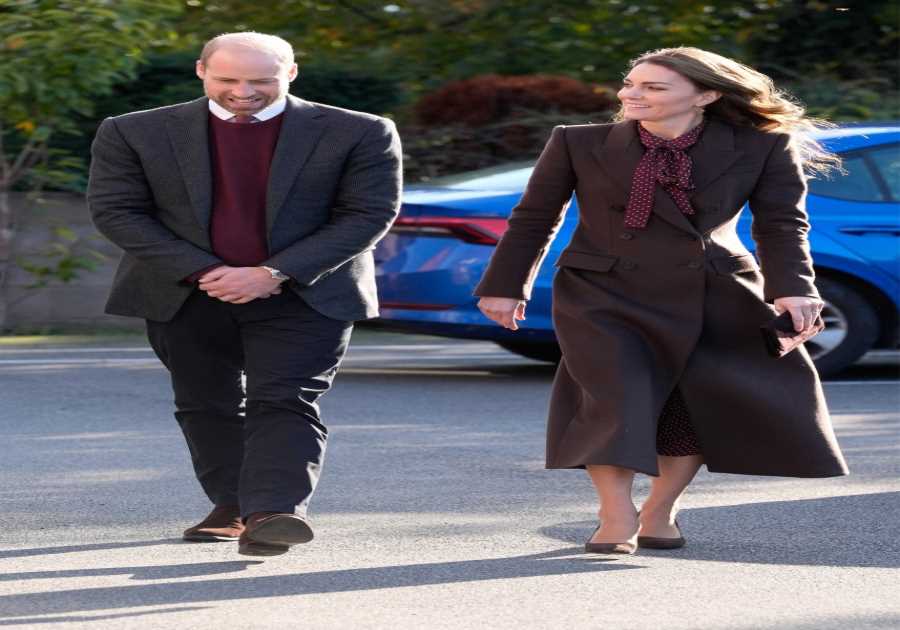QUEEN Elizabeth II is the longest-reigning monarch in British history, having served the country for an astonishing 65 years.
But who is next in line to the throne? Below is the order of royal succession explained…
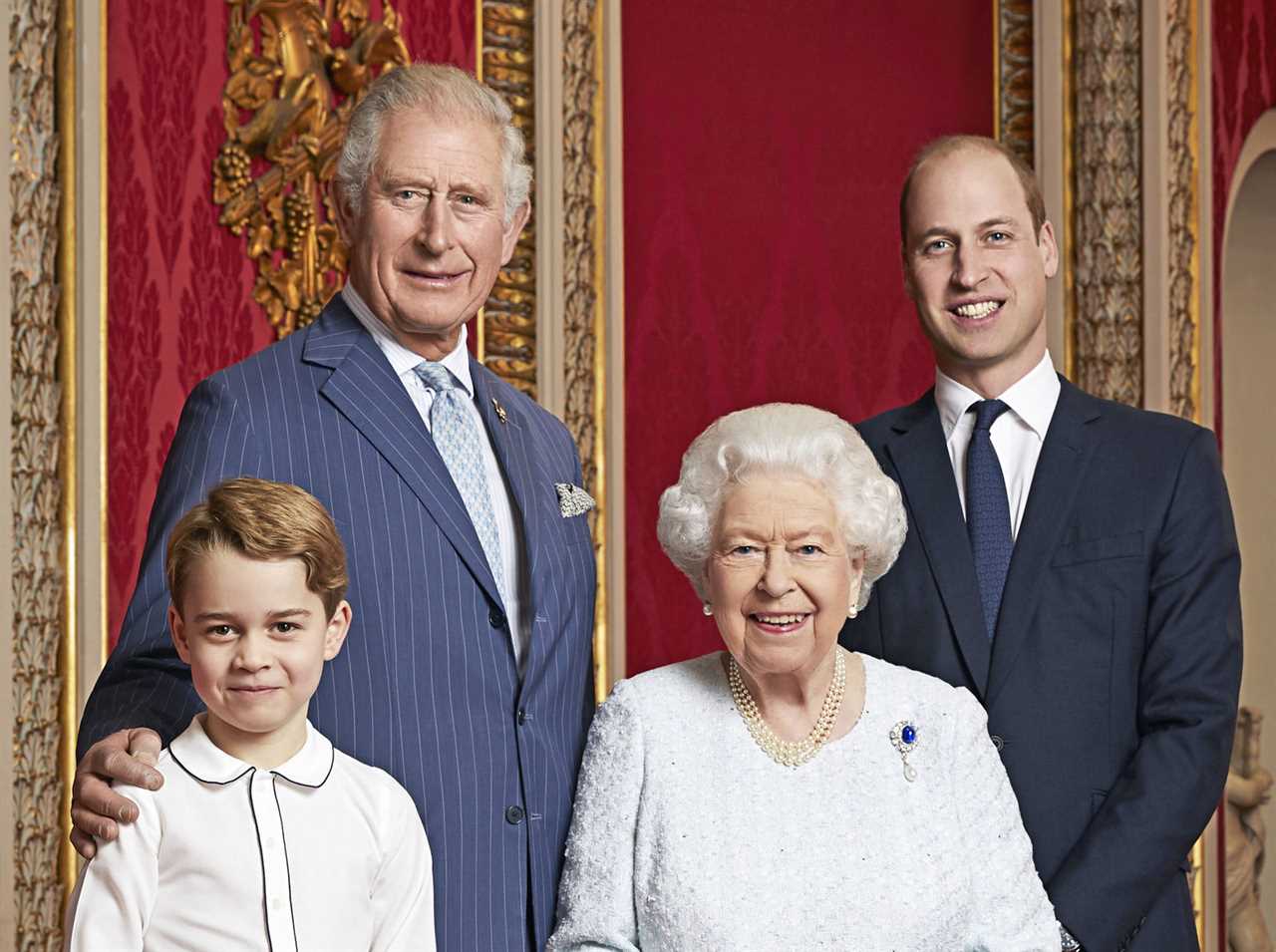
Next in line to the throne is…
The throne will pass on to Prince Charles if the Queen abdicates, retires or dies.
According to reports, abdication could be a real possibility.
Her Majesty is said to have told her inner circle that if she is still on the throne at the age of 95, she will ask for a piece of legislation to grant her eldest son full power to reign while she is alive.
Royal commentator Robert Jobson told the Mail On Sunday he has spoken to a number of high-ranking courtiers who say preparations for the transition of the Crown are gaining pace.
And at the 2018 Commonwealth Heads of Government Meeting, the Queen said she wished for Charles to succeed her as head of the group of countries.
Next in line after Charles is eldest son Prince William, the Duke of Cambridge, and then his children Prince George, Princess Charlotte and Prince Louis.
The newest arrival to the royal family is Eugenie’s son August Philip Hawke Brooksbank, who is 11th in line after Eugenie in 10th place.
When Meghan Markle and Prince Harry’s second baby is born this year, August will slip to 12th place.
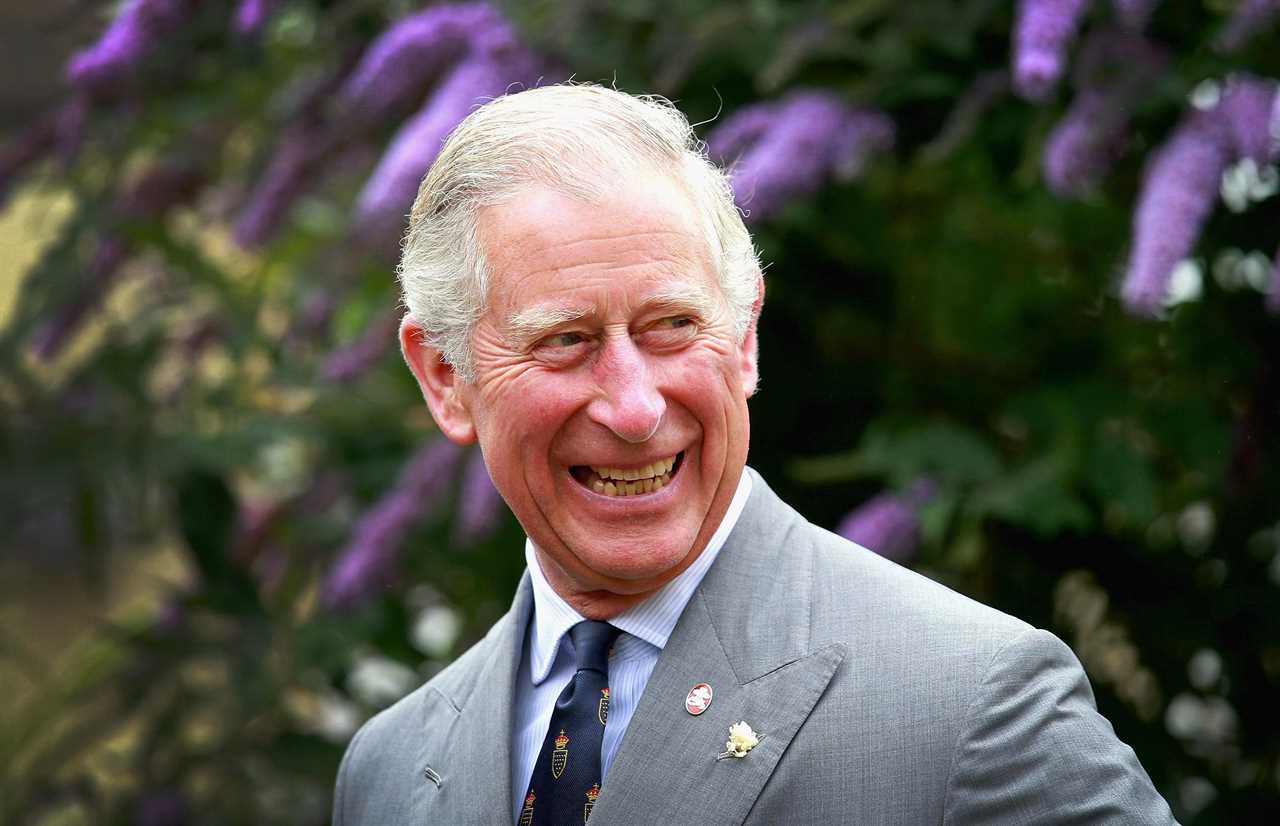
How does royal succession work?
The rules of royal succession have changed significantly in recent years.
Leaders of 16 British Commonwealth countries (including Australia, Canada, New Zealand and Jamaica) voted in 2011 to alter the centuries-old tradition to include daughters as well as sons.
Previously daughters could only inherit the throne if there were no living sons.
This system, which dated back 300 years, is based on the rules of primogeniture which gives preference to the firstborn male heirs of a king or queen.
This change in royal succession means Princess Charlotte, as William and Kate’s daughter, is ahead of her younger brother.
Previously if the third child was male he would leap the princess in the line of succession.
This new rule only takes into account children born after 2011, meaning Prince Edward’s youngest child, James, born in 2007, is ahead of his older sister, Louise, born in 2003.
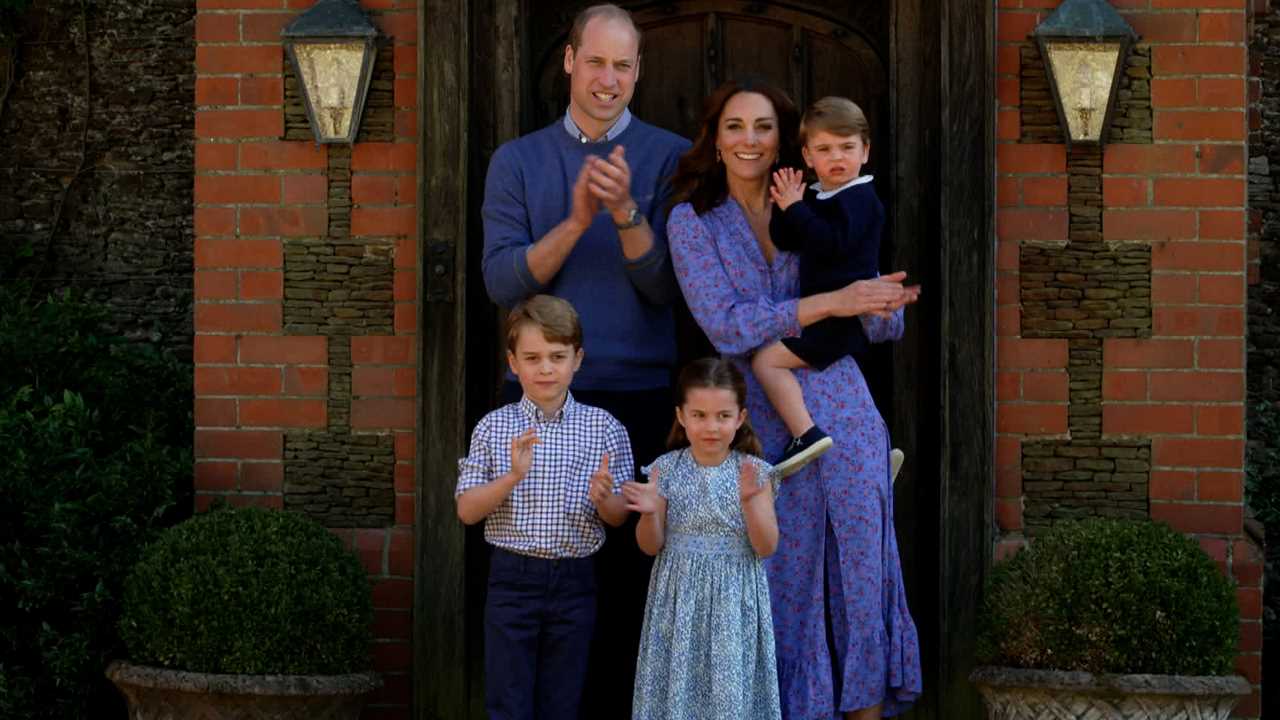
Can the monarch marry a Catholic?
Yes, a monarch can marry a Catholic.
Commonwealth leaders decided in 2011 to remove the rule that no heir could assume the throne if he or she married a Roman Catholic.
Then-Prime Minister David Cameron said at the time: “The idea that a younger son should become monarch instead of an elder daughter, simply because he is a man just isn’t acceptable anymore.
“Nor does it make any sense that a potential monarch can marry someone of any faith other than Catholic.
“The thinking behind these rules is wrong.”
The Roman Catholic rule can be traced to the 16th-century reign of Henry VIII.
The King broke with the Roman Catholic Church so he could divorce his wife, Queen Catherine, and marry Anne Boleyn after the Pope refused his divorce request.
Will Prince Charles step aside and let Prince William become King?
At 72-years-old, Prince Charles is the longest-serving heir in UK history – having been first in line from the age of three.
When he takes the crown Prince Charles will become the oldest ever British monarch to take the throne.
Some royalists have argued that Prince Charles should step aside to allow Prince William to become King because he enjoys better approval ratings with the public based on a 2016 poll.
Prince Charles has faced controversy over his divorce from Princess Diana and his affair during their marriage with now-wife Camilla, the Duchess of Cornwall.
He has also been accused of “meddling” in politics by stating his opinion on issues like the environment and farming, alternative medicine and architecture in private letters to Government ministers.
In 1936, Edward VIII – the Queen’s uncle – famously abdicated after less than a year on the throne so he could marry divorcee Wallis Simpson.
Why isn’t Prince Philip not a king?
Due to English common laws, Prince Philip cannot become king.
The wife of a king is known as a Queen Consort and takes the title of Queen – although she doesn’t rule as the monarch.
But if a female royal marries a man with a title below her own – as in the case of Queen Elizabeth and Prince Philip – she will retain the title while her husband will not be entitled to it.
He is known as Prince Consort.

